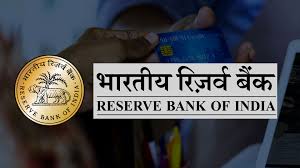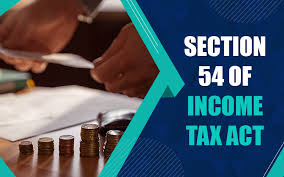The land of cultures, cuisines, & captivating sceneries- West Bengal is a State like no other. Needless to say, inheriting a property in a prime State like this will include a lot of paperwork involving the legal transfer of property ownership. While buying a property or inheriting one as a gift can be a thrilling experience, there is one crucial step that often gets overlooked. The process of legal title transfer, also known as property mutation, plays a key role in determining the property’s true owner. But what is the process for mutation, and can this process be the key to avoiding ownership conflicts Why is property mutation important? Property mutation is a crucial process that every property owner should be aware of. It involves the transfer of ownership from one person to another, and it is essential for several reasons, such as- Legal ownership:Property mutation establishes legal ownership of the property. It ensures that the property is registered under the correct owner’s name, providing a clear title. Tax assessment:Property mutation is necessary for accurate tax assessment. The local municipal corporation uses the mutation records to determine the property’s value and calculate property taxes accordingly. Property transactions:When buying or selling a property, mutation records play a vital role. Prospective buyers can verify the property’s ownership and ensure that there are no legal encumbrances or pending dues before making the purchase. Inheritance:Property mutation is crucial in cases of inheritance. It allows the legal heirs to transfer the property’s ownership and update the records accordingly, ensuring a smooth transition of assets. Property development:For property development projects, mutation records are necessary to obtain permits and approvals from the local authorities. It helps in establishing the ownership and legality of the property. What are the documents required for property mutation in West Bengal The following documents are required for property mutation- Application formFill out the application form for property mutation, which can be obtained from the local municipal corporation or online portal. Proof of ownershipProvide the original and photocopies of the property documents, such as sale deed, gift deed, or will, to establish your ownership. Encumbrance certificateObtain an encumbrance certificate from the Sub-Registrar’s Office to verify that the property is free from any legal dues or liabilities. Property tax receiptsSubmit the latest property tax receipts to show that all taxes have been paid up to date. Identity proofProvide your identity proof, such as Aadhaar card, PAN card, or voter ID card, to establish your identity as the property owner. Address proofSubmit address proof documents, like electricity bill, water bill, or ration card, to verify your residential address. NOC from housing societyIf the property is located in a housing society, obtain a No Objection Certificate (NOC) from the society stating that they have no objection to the mutation. Who are eligible to opt for property mutation in West Bengal? Eligibility Criteria for Property Mutation Property Owners Only registered owners of the property can apply for mutation. Successors If the original property owner has passed away, the legal heirs or successors can apply for mutation. Buyers If a property has been re-sold, the buyer can apply for mutation after completing the necessary legal formalities. Gifted Property If the property has been gifted, the recipient of the gift can apply for mutation What are the charges for property mutation in West Bengal? Subject Mutation Fee Conditions Applicable Transfer by sale/gift Rs 25 If the property value is less than Rs 10,000 Transfer by inheritance Rs 10, Rs 20, Rs 50, Rs 100 If the annual holding exceeds Rs 200, Rs 500, Rs 1,000, and Rs 5,000 respectively Transfer by Partition Deed 0.10% Mutation fee is charged based on the overall market value of the property How to apply for property mutation in West Bengal? Visit the official Banglar Bhumi website at banglarbhumi.gov.in Select the Citizen Services from the top-right section of the website and select Online Application. Next choose Mutation Application from the drop-down menu. The page will ask you to log in. Click on Sign up and fill out the public registration pop-up form. Next, log in again and fill in your details on the Applicant Description and go to Particulars of Transferrer to add the details of the seller or gift giver. Upload the necessary documents, such as the sale deed, proof of payment of property tax, and identity proof. Now, click on the Online Application menu again and select Fees Payment. Verify the payment status and submit the application. Don’t forget to keep a copy of the payment acknowledgement receipt. FAQs Why is land mutation important? Land mutation is important because: It provides proof of ownership. It enables the owner to pay land taxes. It is essential for property transactions, as it reflects the updated ownership status in official land records. Who can apply for land mutation in West Bengal? Any individual who has acquired property through purchase, inheritance, gift, or any other transfer method can apply for land mutation in West Bengal.






